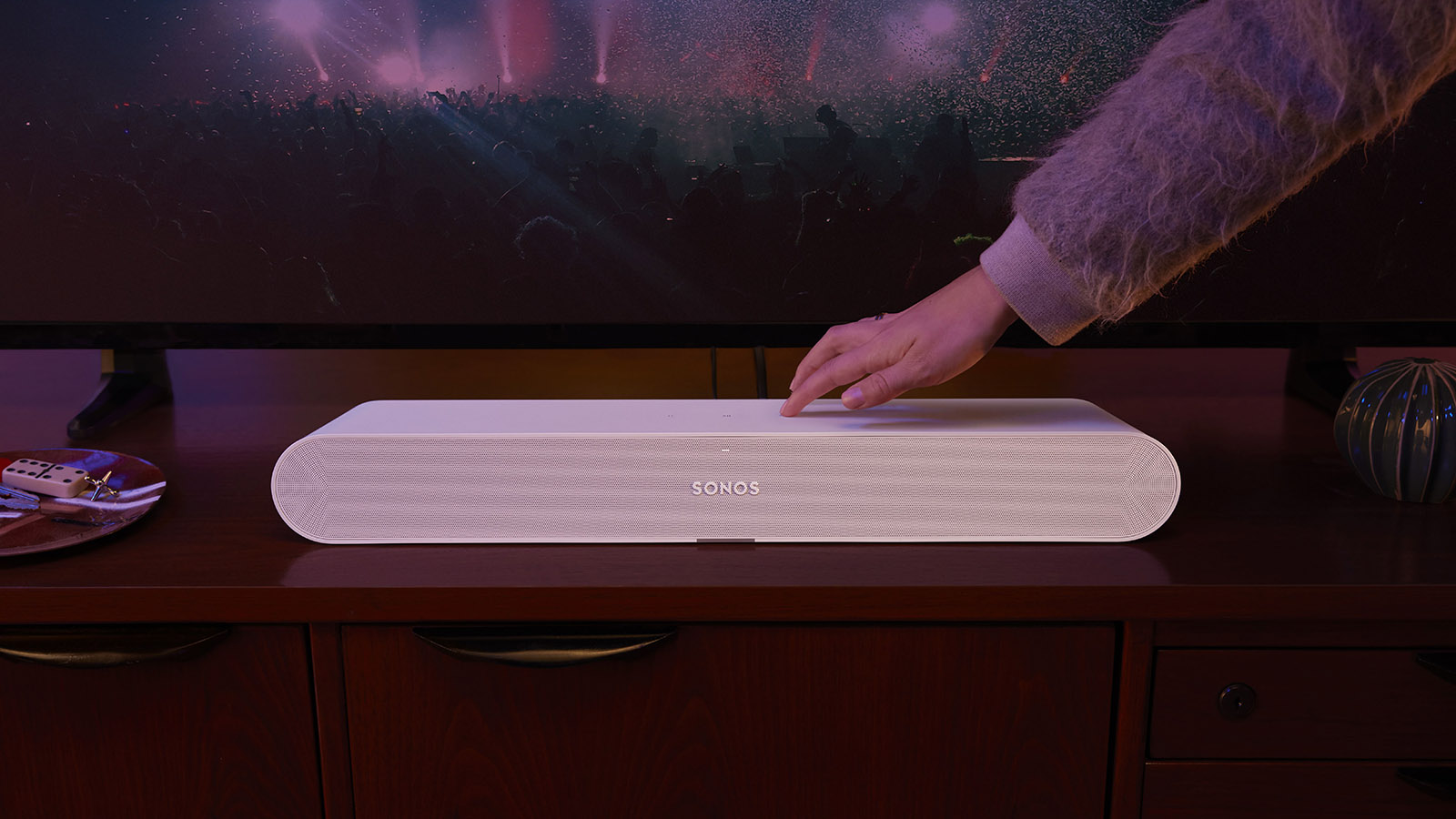
Say hello to Sonos' smallest soundbar to date: the Sonos Ray. You could almost call it cute. But before you get ahead of yourself there are some critical details about the Ray that you'll want to know before considering whether you should buy one.
So what's the missing key feature? The Sonos Ray doesn't have an HDMI port. So if you want that connection – and the kind of benefit it brings, such as Dolby Atmos (which is not available in this product) – then you'll want to look elsewhere. Because the Ray only offers an optical connector to handle its audio from a connected TV – whereas the Sonos Beam (2nd Gen) and Sonos Arc do provide HDMI (including eARC).
Not that you have to connect the Sonos Ray up to a TV. Sure, that's its principal point of purpose – bolstering the sound quality of smaller screen TVs – but just like any Sonos product, you can use Ray as a standalone speaker for your favourite audio, whether that's listening to podcasts, news, music or whatever isn't coming from your TV screen.
- Sonos Ray vs Beam 2 vs Arc: Which Sonos soundbar is best for my TV?
- What is Sonos Voice? New voice assistant for Sonos explained
Sonos Ray: Sound design and 5.1 surround
When T3 was shown the Sonos Ray, courtesy of Paul Peace, Sonos' Distinguished Audio Systems Engineer, via a video link, it was immediately apparent that this smaller box design is differently engineered than other Sonos soundbars.
First and foremost all the speakers in Sonos Ray are at the front. This means you could put the soundbar into a cabinet if you so wished, without affecting the overall quality of the soundstage, because no speaker emits audio directly out of the sides or top of the product. Not even the bass ports are to the rear – a patent pending design pushes low frequencies through curled ports to create greater frontal impact (as you can't easily make bass in a small enclosure).
However, this doesn't mean that the Ray can't handle some degree of surround sound quality. It's possible to decode 5.1 surround via optical cable, so if the source is right then this small soundbar uses a clever mixture of 45-degree angled tweeters, with what Sonos calls 'wave guides' and psychoacoustic processing to create the effect of a wider soundstage. It cannot handle Dolby Atmos, of course. However, you can pair the Ray with a couple of other Sonos speakers to create a full-on home theatre system.
Like with other Sonos products, the Ray uses Sonos TruePlay, which measures the reflective qualities of surrounding surfaces and adapts the processing accordingly so you receive the most appropriate sound delivery – wherever the 'bar is positioned.
Sign up to the T3 newsletter for smarter living straight to your inbox
Get all the latest news, reviews, deals and buying guides on gorgeous tech, home and active products from the T3 experts
- Best soundbar 2025, including Dolby Atmos wonders and cheaper soundbars
- The best 32-inch TVs 2025: ideal bedroom, office and kitchen TVs
- Best 40, 42 and 43-inch TVs in 2025, for all budgets
Sonos Ray: Price and release date
Not only is the Sonos Ray the company's smallest soundbar to date, it's also the company's cheapest soundbar to date – and by quite a margin, with its £279/$249/A$399 retail price. That's close to half the price of a Sonos Beam (2nd Gen), which really goes to show Sonos is serious when it comes to boosting the sound of smaller TVs and staying competitive. You can't get ahold of one until 7th June though, so there's a brief wait post this unveiling.
That said, there are of course plenty of options out there – as detailed in T3's best soundbar for small TVs feature. If you think the Ray is going to be too small for your wants and needs, then check out our broader best soundbar feature. Or if you're fixed on a Sonos soundbar solution, in order to fit into your Sonos ecosystem, then you could consider the Beam or Arc instead.

Mike is T3's Tech Editor. He's been writing about consumer technology for 15 years and his beat covers phones – of which he's seen hundreds of handsets over the years – laptops, gaming, TV & audio, and more. There's little consumer tech he's not had a hand at trying, and with extensive commissioning and editing experience, he knows the industry inside out. As the former Reviews Editor at Pocket-lint for 10 years where he furthered his knowledge and expertise, whilst writing about literally thousands of products, he's also provided work for publications such as Wired, The Guardian, Metro, and more.
-
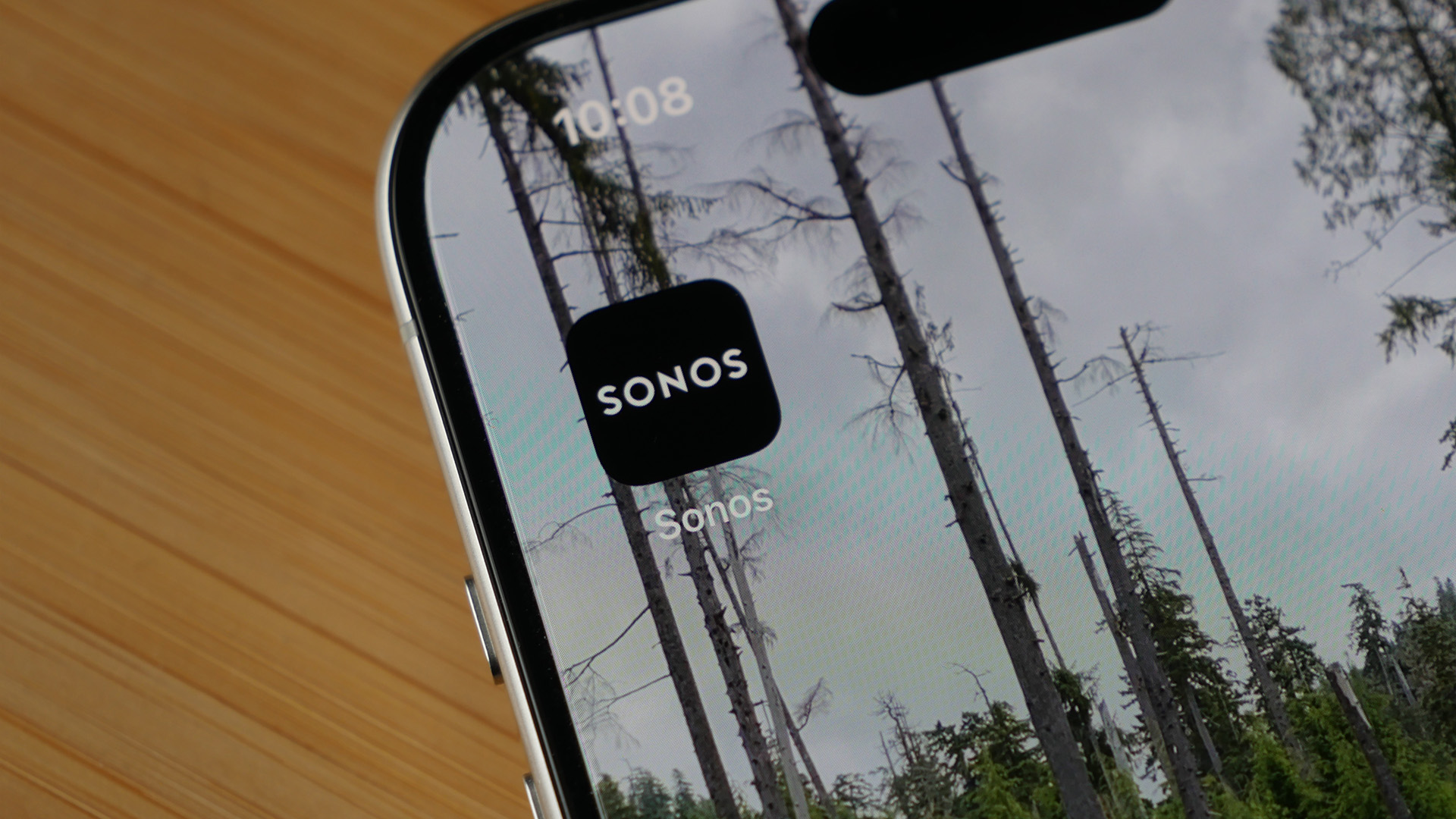 Sonos “closing gaps” in its app, but a full fix is far from finished
Sonos “closing gaps” in its app, but a full fix is far from finishedSome significant features are still absent, such as the playlist editing originally promised for November
By Carrie Marshall
-
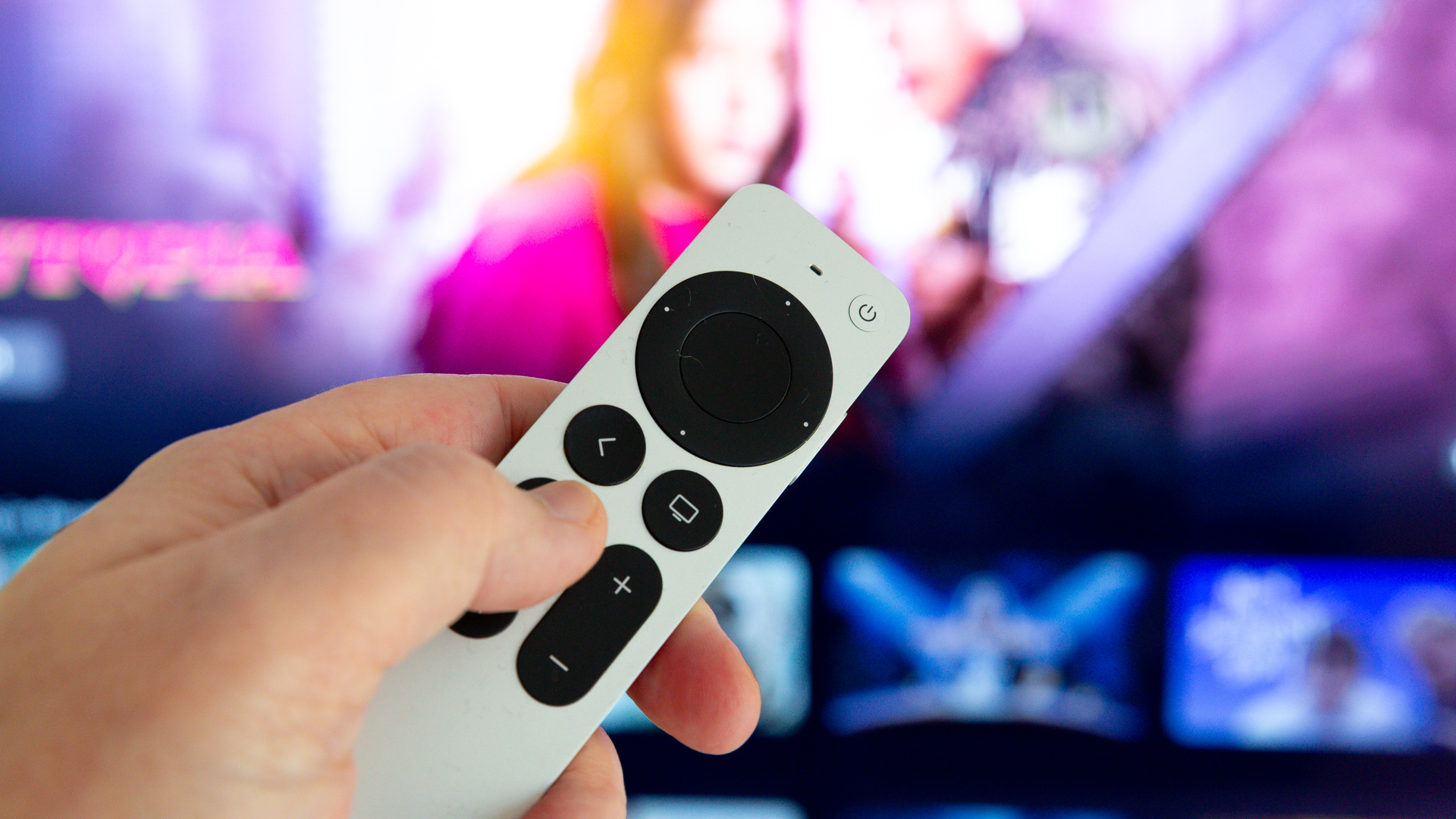 Apple TV rival cancelled by major competitor – but it might return in some form later
Apple TV rival cancelled by major competitor – but it might return in some form laterIf you were waiting for Sonos to launch its TV streaming box we've got some bad news
By Carrie Marshall
-
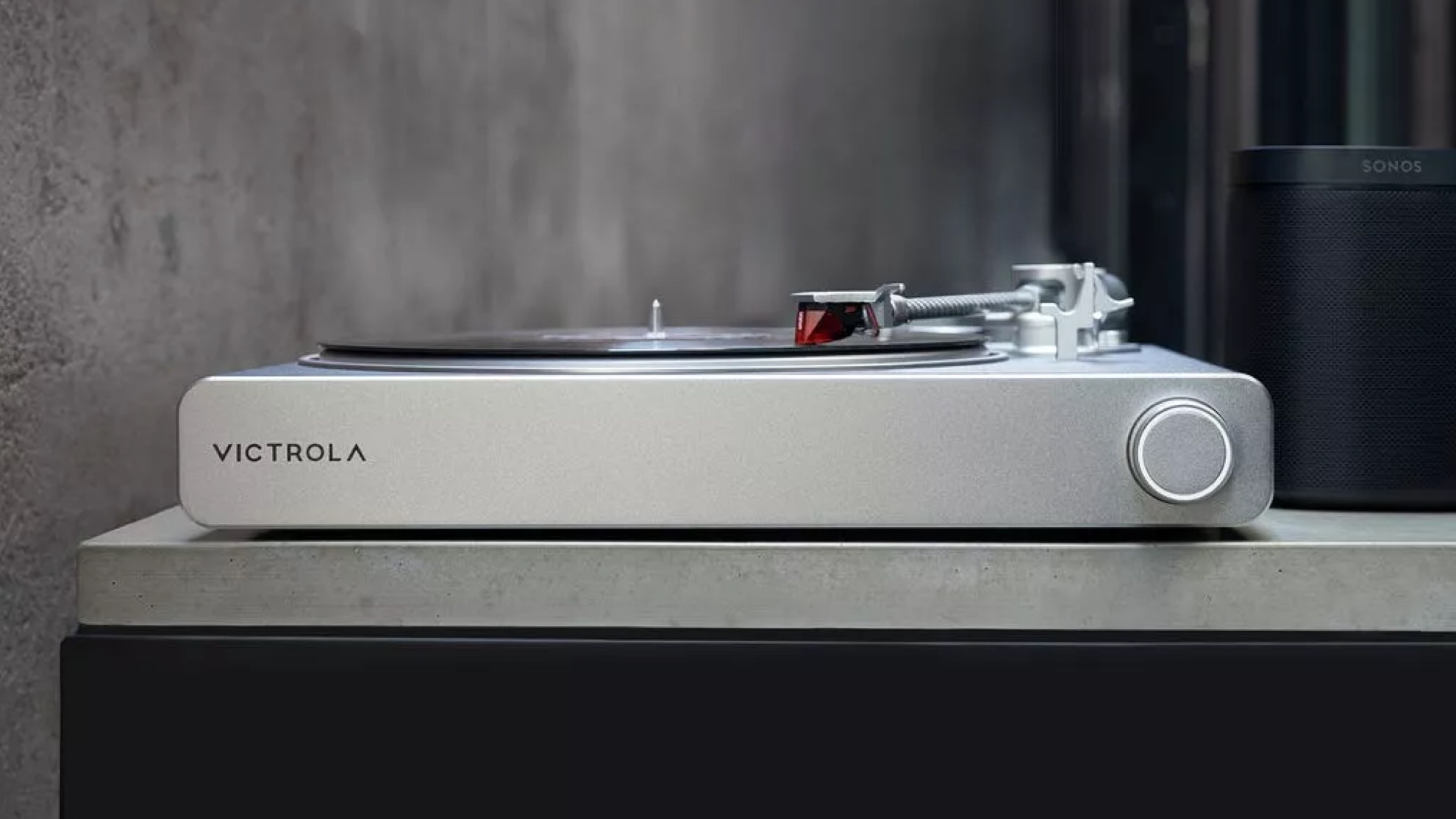 The Sonos-streaming turntable is getting an upgrade to make it more than Sonos
The Sonos-streaming turntable is getting an upgrade to make it more than SonosA free upgrade will give your Victrola turntable streaming superpowers
By Carrie Marshall
-
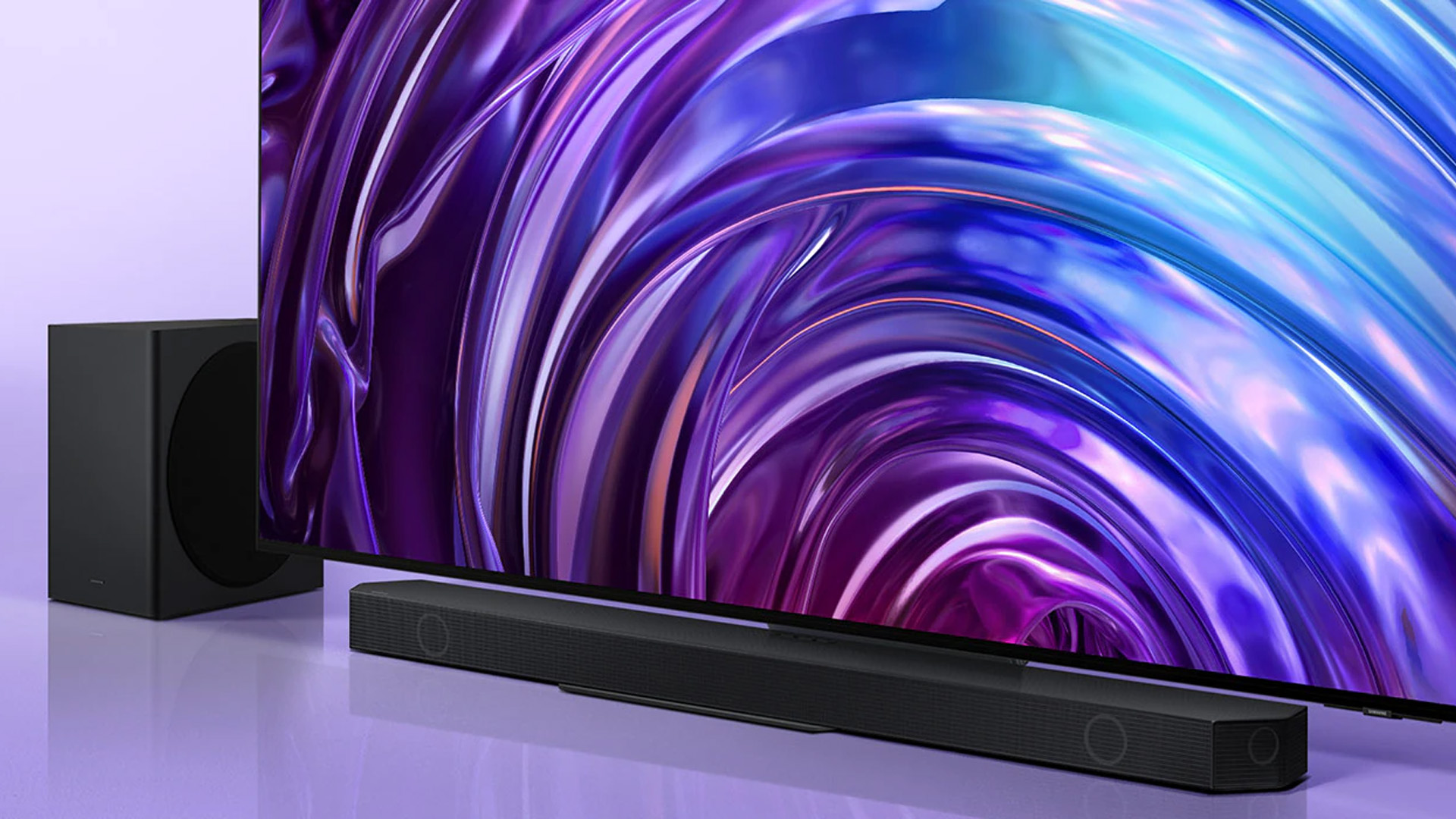 Samsung HW-Q800D review: perfect for almost any TV?
Samsung HW-Q800D review: perfect for almost any TV?This brilliant soundbar is a powerful addition to your setup
By Simon Lucas
-
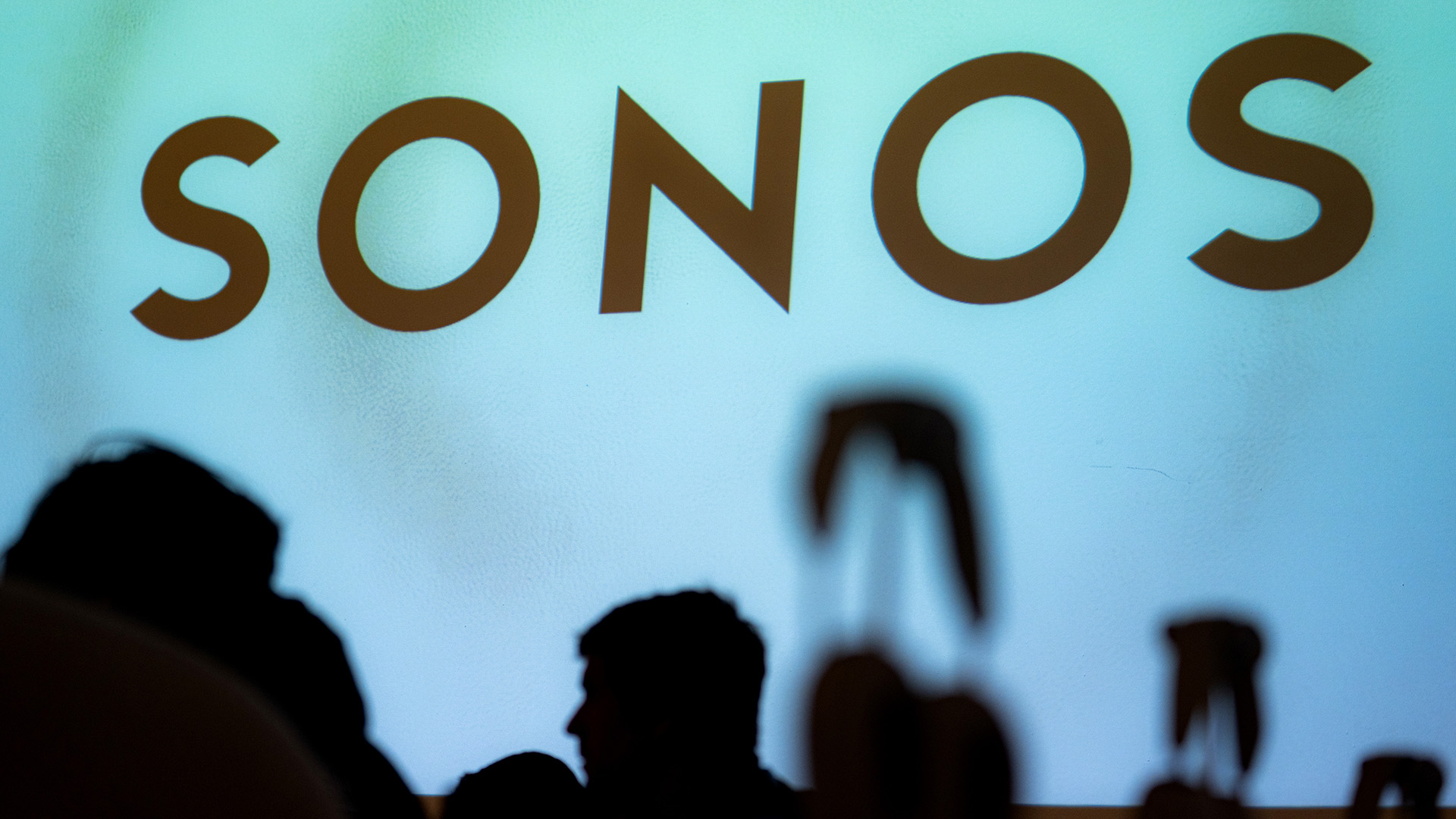 Sonos planned a crazy new product for iPhone owners, but reportedly scrapped it
Sonos planned a crazy new product for iPhone owners, but reportedly scrapped itSonos had a plan for an iPhone accessory, but it didn't come to pass
By Chris Hall
-
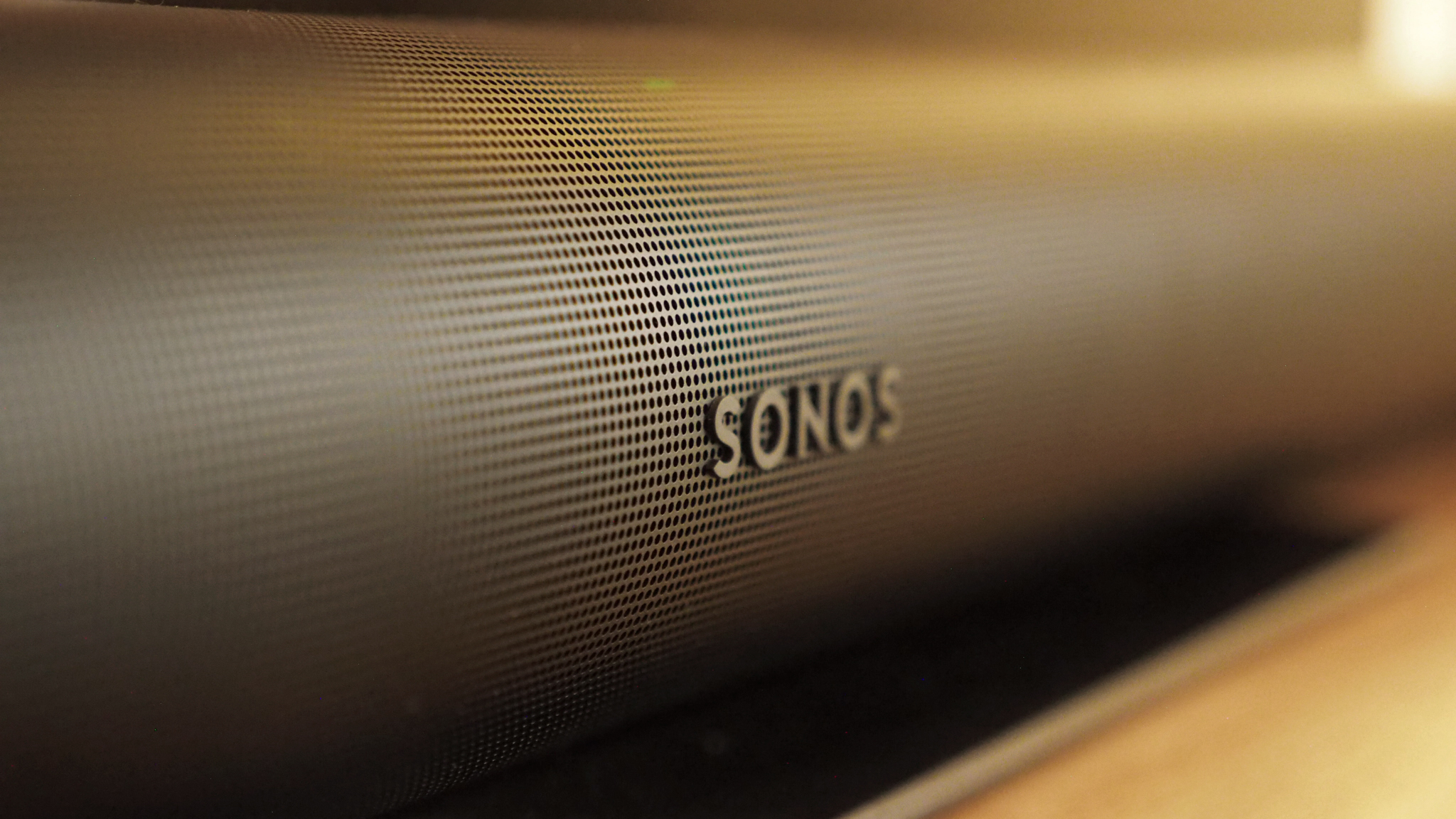 Sonos' streaming box is reportedly beautiful and could replace your Apple TV, except for one thing
Sonos' streaming box is reportedly beautiful and could replace your Apple TV, except for one thingEverything about Sonos's new streaming box sounds great... well, nearly everything
By Carrie Marshall
-
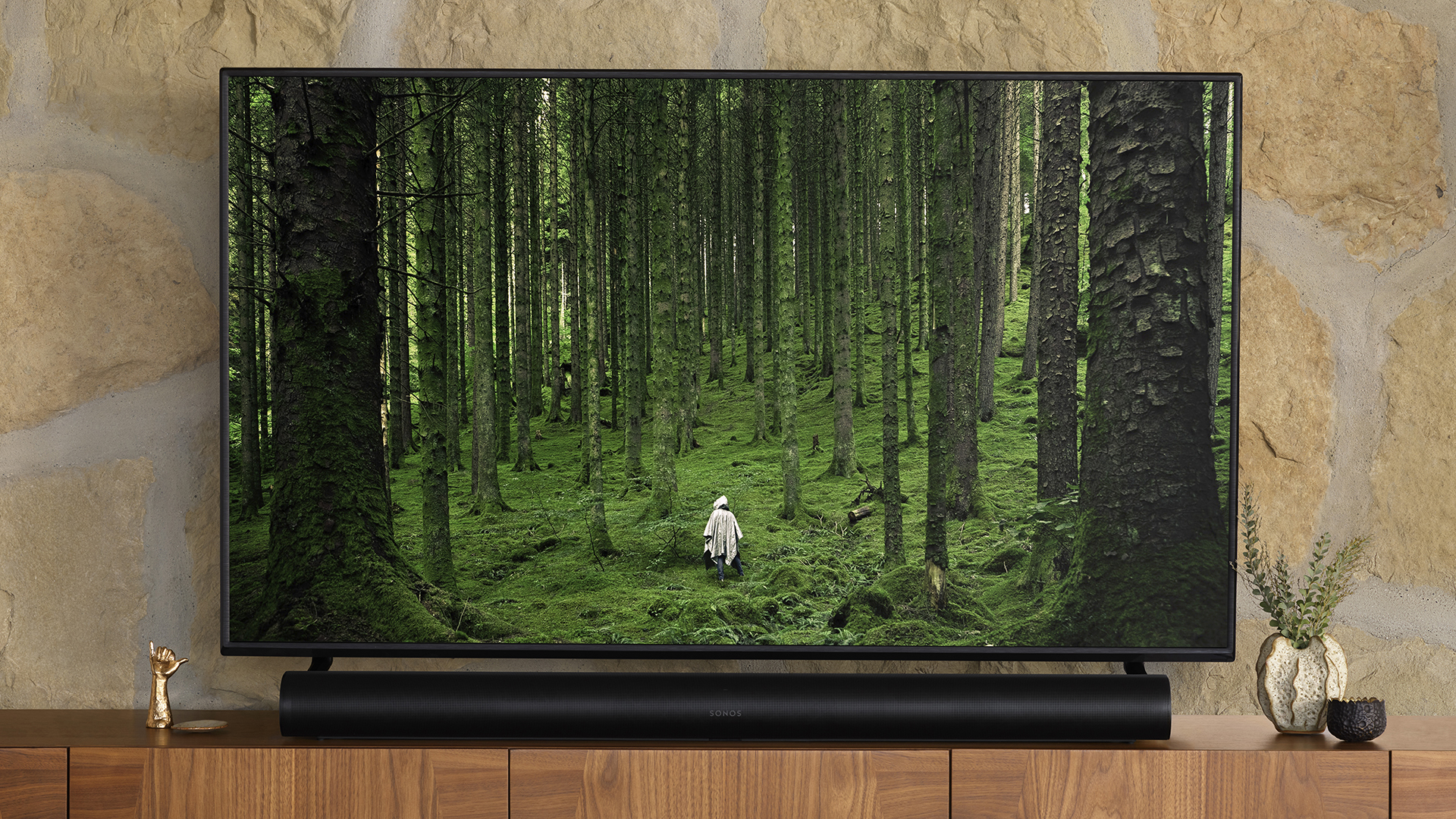 It’s the end of the line for the Sonos Arc
It’s the end of the line for the Sonos ArcSonos's superb soundbar has finally been discontinued – but for good reason
By Carrie Marshall
-
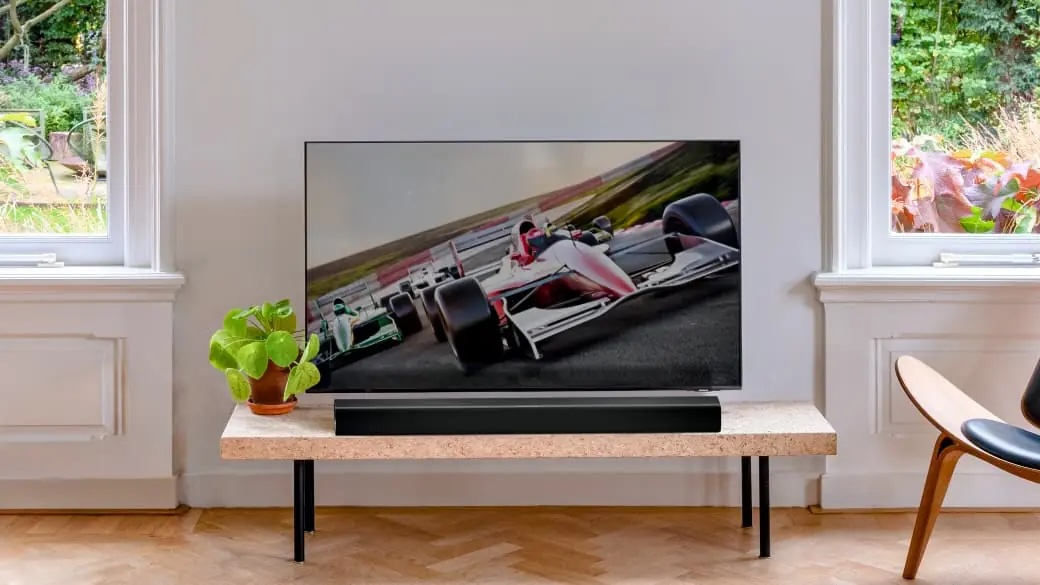 Harman Kardon's new Dolby Atmos soundbars and speakers take the fight to Sonos
Harman Kardon's new Dolby Atmos soundbars and speakers take the fight to SonosHarman Kardon's new Enchant series could be a serious multiroom alternative
By Carrie Marshall

